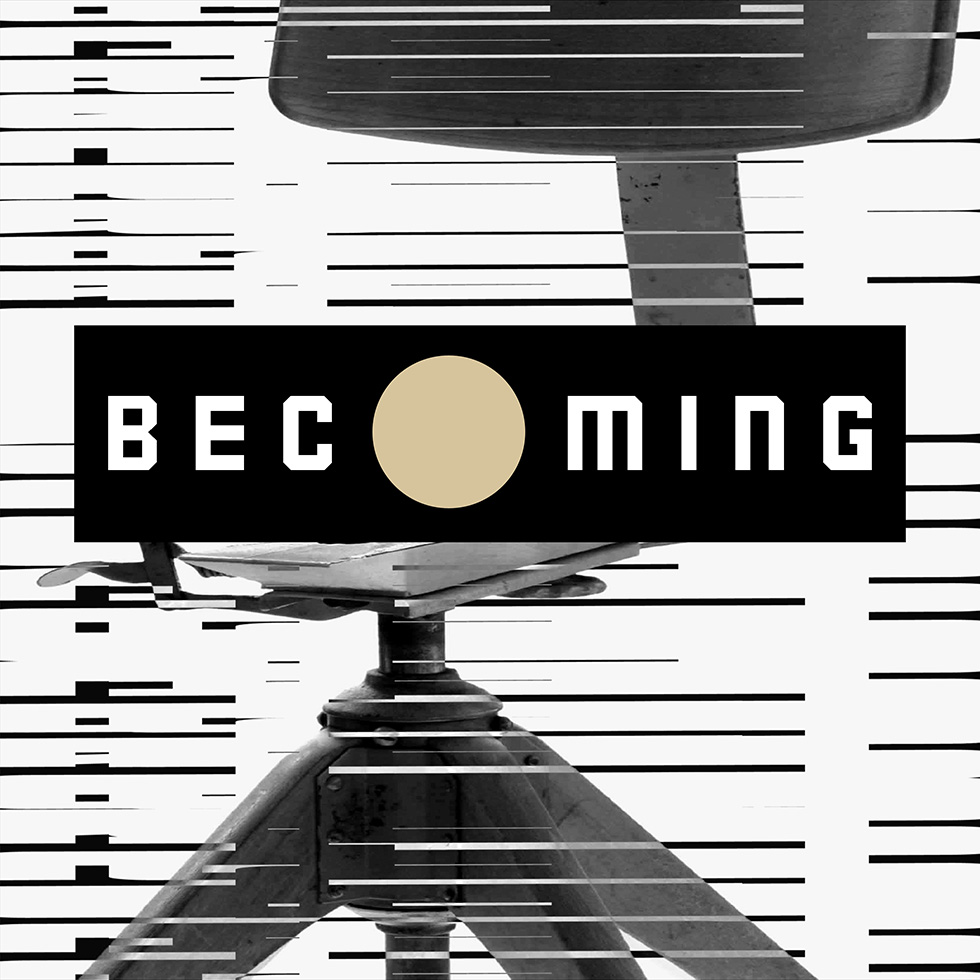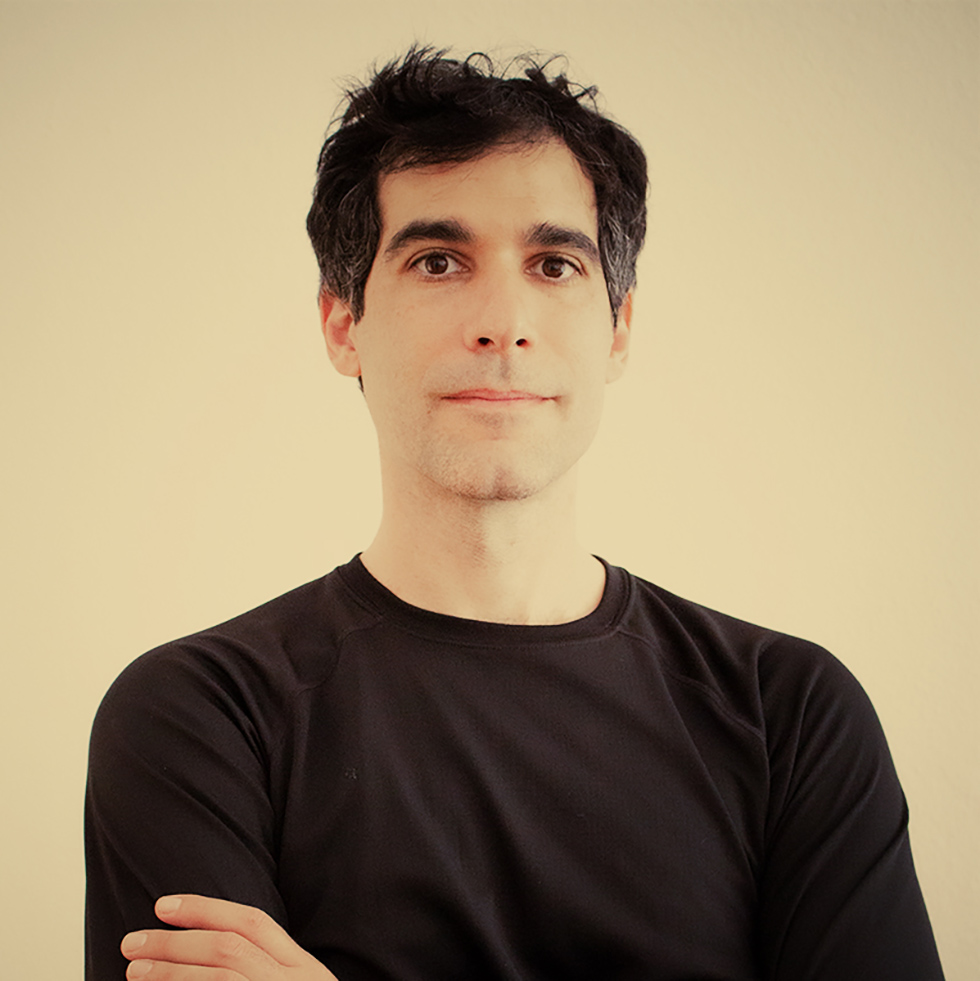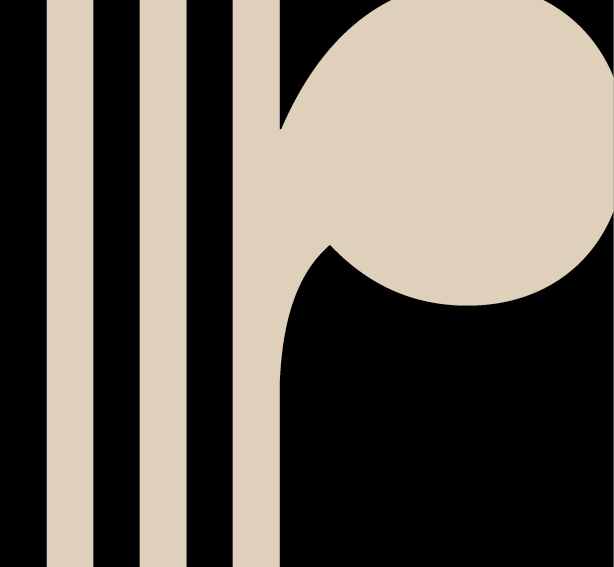becoming / what if?
this episode:
leron katsir
doctor of biochemistry and
molecular biology, bonn / basel
in his ‚becoming‘ series, martin eugen raabenstein interviews artists, art professionals and art enthusiasts about their opinions and ideas on various aspects of the art market and its current presentation practices.
leron katsir brings expertise from his diverse experience working in basic plant research, in agricultural technology for non-profits, and has made contributions to our basic understanding of plant signaling and plant development.
—
nice to have you with us. would you like to introduce yourself?
my name is leron and my educational background is in chemistry and biology. i have made some meaningful breakthroughs in how plants perceive the world. nowadays i play in start-ups and sustainable development.
you are the new artistic director of a renowned art gallery – you have a lot of exhibition space and an even bigger budget at your disposal. how would you plan your first year in office and what would be your most important goals?
as the new artistic director of this gallery, my goal is to drive a dialogue about the intersection of art and rapidly evolving technology. in this era of unprecedented digital advancement, i aim to showcase how these changes are influencing artistic expression globally. this exploration will highlight cutting-edge digital and multimedia art from technologically advanced regions but it will also juxtapose with traditional and contemporary art forms from less technologically developed areas. to achieve this, my first year will focus on curating a series of exhibitions that illustrate this contrast and conversation. these exhibitions will feature works from a diverse range of artists who are at the forefront of integrating technology in their art or who are responding to technological changes in unique ways. additionally, i plan to host panel discussions, workshops, and interactive sessions where artists, technologists, and theorists can discuss the implications of technology on art and culture.
audience engagement will be important to the gallery. this will involve utilizing digital platforms to reach a broader audience and to create interactive and immersive art experiences. we might also run educational programs and collaborations with local schools and universities to foster a conversation about the evolving art landscape among younger generations. our approach will involve actively seeking out and providing a platform for underrepresented artists, particularly from regions where technological development is still burgeoning. this not only diversifies the gallery’s portfolio but also enriches the global art narrative. we aim to become a leading voice in defining the role of art in a technologically saturated era. this direction will make the gallery a magnet for critically important artists and a center for global conversations that resonate with diverse audiences.
can you explain this in more detail with the help of a project, an idea?
one project that embodies our gallery’s vision could be titled ‚technological echoes.‘ this exhibition would explore how technology influences artists across different spectra of technological access. on one side, we would showcase artists who utilize cutting-edge technology, such as ai, vr, or advanced digital tools, to replicate or enhance human artistic techniques. this could include ai-generated art that emulates traditional painting styles or digital installations that recreate the experience of natural environments. on the other side, we’d feature artists from regions with limited technological resources. these artists might use rudimentary or locally sourced materials to express their interpretations or critiques of technology. for example, a sculptor might use reclaimed electronic waste to construct a representation of a digital phenomenon, or a painter might use traditional methods to depict scenes of technological impact in their community.
a key aspect of this project would be an interactive digital installation that acts as a ‚window‘ to these contrasting worlds. visitors could engage with a large-scale, high-resolution digital screen that displays artworks from remote artists who are unaware of or don’t have access to such technology. this highlights the disparity in technological access and connects global artistic narratives. this project would utilize our expansive exhibition space to accommodate large-scale installations and canvases, creating an immersive experience. we’d also incorporate smaller, detailed works to showcase the micro aspects of this theme.
which artistic positions are of particular interest to you?
i am interested in artists exploring human technology relationships, contemporary art using digital media or form to create new forms of interactive and immersive experiences, and conceptual artists.
what are your all-time favorites in the visual arts?
this is hard to choose – i love james turrell, sol lewitt, jean tinguely and nick cave.
refik anadol, yayoi kusama and ólafur éliasson are insane and we would love to have them in our gallery.
thank you very much. it was an honor.
iir, april 2024


